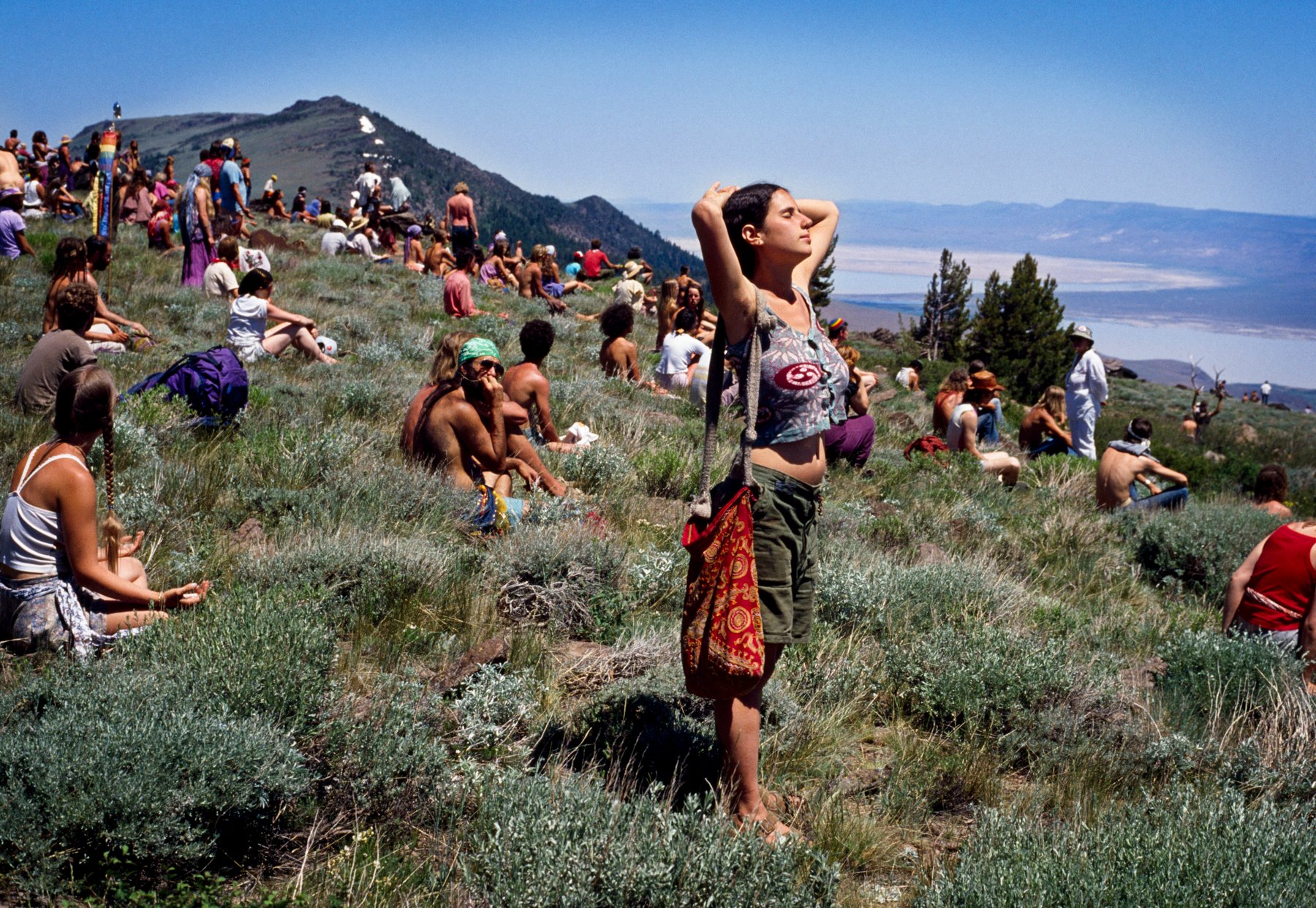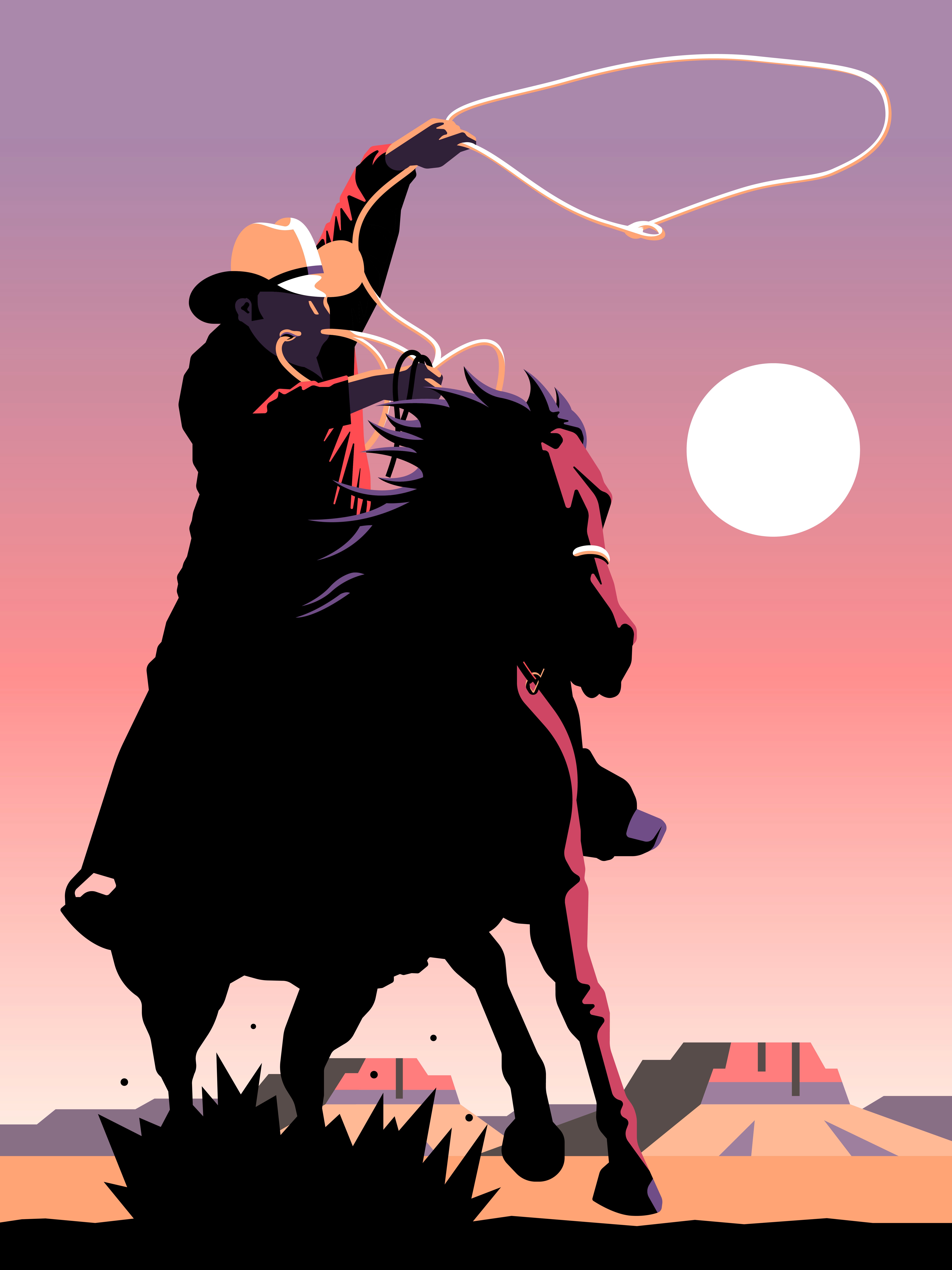Curated Conversation:
"Corsican Stars" by Jay Toups
About the Artist:
Jay @jubbish is an internationally acclaimed adventure photographer, filmmaker, and mountaineer. After self-converting a fire rescue truck into a house, he spent years traveling the country with his partner and making a life of exploration and art on the road.
Inspired by renaissance paintings, his passion for the outdoors evolved into being a full time artist, having gallery showings and publications with Time Magazine, National Geographic, North Face and many others.
With a goal to create emotive and captivating art from some of the most wild places on earth, Jay has dedicated his life to making the beauty of nature accessible to all through the photos he brings to life.
About the Series Corsican Stars
For ten years, Jay dreamed of taking photos on this island, inspired by the book 'Cloud Atlas' read in 2012. Captivated by themes of connection, karma, and the ripples of our choices through time, lines like "From womb to tomb, we are bound to others... past, and present. And by each crime... and every kindness... we birth our future," fundamentally changed Jay's life, influencing thoughts on art and impacting others. Fresh out of high school and starting a photography journey with a camera, Jay was driven by a desire to create meaningful art. A line from a letter between the book's lovers, Sixsmith and Frobisher, stating, "Find me under the Corsican stars, where we first kissed," deeply resonated. The idea of such a magical, eternal bond beginning on a small French island stayed with Jay, inspiring a determination to create art from this place. In the summer of 2022, ten years later, Jay finally realized this dream. The photographs from Corsica, captured after a decade of anticipation, aimed to embody the intense emotions experienced on the island—passion, freedom, peace, and longing.
THE INTERVIEW
An: How did your love for “Cloud Atlas” inspire the themes and narratives of the “Corsican Stars” project?
Jay Toups: When I read Cloud Atlas for the first time, I feel like it fundamentally altered the way I view life. I’ve always been haunted by the idea of meaninglessness and the fleeting nature of our time on earth, and I would often worry about how puny we are in the face of the universe. It’s hard for me to find meaning in existence when it all just goes away so soon and Cloud Atlas asks: “or does it?” I love thinking about the fact at that even our tiniest actions, both kind and cruel, could potentially tip fate one way or another and we might never know. It’s inspiring to realize that how small we are is actually what makes our actions matter in the first place.

Boundaries
Time does not forget cruelty and it does not forget kindness. The stones we choose to throw into the ocean will remember their weight with every ripple sent across the surface. If only we could dive deep enough to recover some of the choices we made as our shores begin to flood.
A: What finally motivated you to visit Corsica after dreaming about it for ten years? Was there a specific moment or event that made you decide it was time to turn this long-held dream into reality?
JT: I had pitched the idea to a few companies in the past hoping to make it a business venture but it never worked out, which now I believe is for the best. I think that if I had gone any earlier, I wouldn’t have been able to make something I’m this proud of. I think I just finally hit the crossroad between believing in myself enough as an artist and being able to afford to take the trip. The way I ended up going could not have been more perfect. I took my wife, who is my best friend in the world, and we rented a little place right in the middle of the island where we could drive to any corner in just a few hours or less. We wanted to experience it the same way the characters in the book must have experienced it, and I believe we did.

Reverie
And there we were, sun kissed skin on glowing rocks with glistening water droplets we stole from the river tracing the shapes of our bodies. And there we were, forgetful of the way it felt to be young and weightless as our aging minds unraveled the memories we once cherished.
A: How has your artistic vision evolved over the past decade since you first began your photography journey?
JT: When I first started I was much more focused on taking one image that could stand alone, but over the years I’ve definitely moved into more elaborate forms of releasing images in sets or with films attached to them which hopefully helps to transport people somewhere else entirely when they dive into it. I think I’ve leaned really hard into turning landscapes into feelings and emotions more than physical places.
A: What feelings and messages did you intend to capture and convey in these pieces?
JT: I wanted to show the idea that every action carries a heavy weight that we could never imagine at the time, and that all of those actions are connected. Connected by people, places, ideas, art… everything. In “Corsican Stars”, I wanted to continue the theme of connection with photography by finding landscapes that blend together and overlap in subtle ways if you’re paying attention to the details— just like our lives do. I wanted to show that these places can be entirely original in their substance, just like the situations we face and decisions we make throughout our separate lives, but that there are certain colors or shapes that look the same. I wanted to show that we are all uniquely beautiful, but the closer you look the more connected our lives appear. I encourage the viewer to try and find little elements that “rhyme” throughout the photos. There are many to be found.

.jpg?width=1080&height=1920&name=page0%20(1).jpg)
A: What were some of the challenges you faced while photographing on the island of Corsica? What did you learn?
TJ: To stay in the port city and treat it like a vacation is one thing, but to venture deep into the hills of the island definitely feels like full immersion into a different world. There are tiny villages of 25-100 people, places with no cars, communes where nothing has changed in centuries and winding roads that will take you through every biome in a matter of minutes. The biggest challenge while shooting on the island was just finding the places that fit the narrative, and then on top of location scouting was hoping for good light at some point when we could get to that place. It was all about exploration, asking locals, and driving for hours on end with nothing plugged into a gps. Extremely rewarding way to make a cohesive photo set.
A: How do you approach combining poetry with photography, and what role do the descriptions/poems play in your project?
JT: The poetry attached to the images is a huge part of the overall impact of Corsican Stars. I don’t always rely on multiple forms of art, but I believe there are certain concepts that call for it. The writings are meant to be like meditations, or a mindset to try and adopt while looking at the each photo. Think of it like a headset on the wall of a museum next to a painting, when the artist hoped you’d hear specific music while admiring the art. I think the I always loved the way pictures can tell stories all by themselves, and you can choose to present a photo in so many different ways to help tell that story. Things like names and descriptions, or choosing to have those at all, can be a massive push for the viewer to feel a certain way about it. I love seeing what artists can do with just a photo alone, but I have always personally loved trying to take images that create a narrative about a person, place, or feeling.
 Atlas
Atlas
Just a flash of light in the abyss, stars burning out in the void. Spirit, flesh, dust. We all begin and end the same, but how brightly we burn in our cosmic instant will determine the way we are remembered, or if we will be remembered at all.
A: Can you tell us more about the physical book of 35mm photos taken on the island?
JT: Corsica feels very much like a place trapped in time. I think many people attach a strong sense of nostalgia and “slowing down” to film photography, and I believe physical books are likely to be thought of the same way soon if they aren’t already. So my decision to shoot a few rolls of Ektar 100 and make a book out of it was to directly invest in that feeling of living more in the moment and letting those moments really sink in. There are only five copies of this book, one for each of the 1/1 collectors and one for me and my wife to cherish forever.
 La Paix
La Paix
A kiss under the Corsican sky, a goodbye that will echo throughout the rooms of a now hollow heart for as long as it beats. Eyes bright with ambition and filled with mourning. Our only path to peace is learning to revel in the beauty of what was instead of grieving what could have been.
A: Can you tell us more about your choice for the collectors' editions?
JT: My choice to include a collector’s edition was like a finishing touch to the theme of connection, using the blockchain to tie individuals together who have chosen to be part of this journey to Corsica with me. I like thinking of the cabin in frame as a place where anyone can go and spend some time, so sharing that photo among the collectors felt like sharing the keys to the cabin where we can all be part of this together.
 Frobisher, collector's edition
Frobisher, collector's edition
Corsican Stars, features four 1/1 pieces, each priced at 1 ETH list price. Every purchase includes an airdropped collector’s edition Frobisher. Additionally, each piece comes with a signed physical book of 35mm photos taken on the island.



